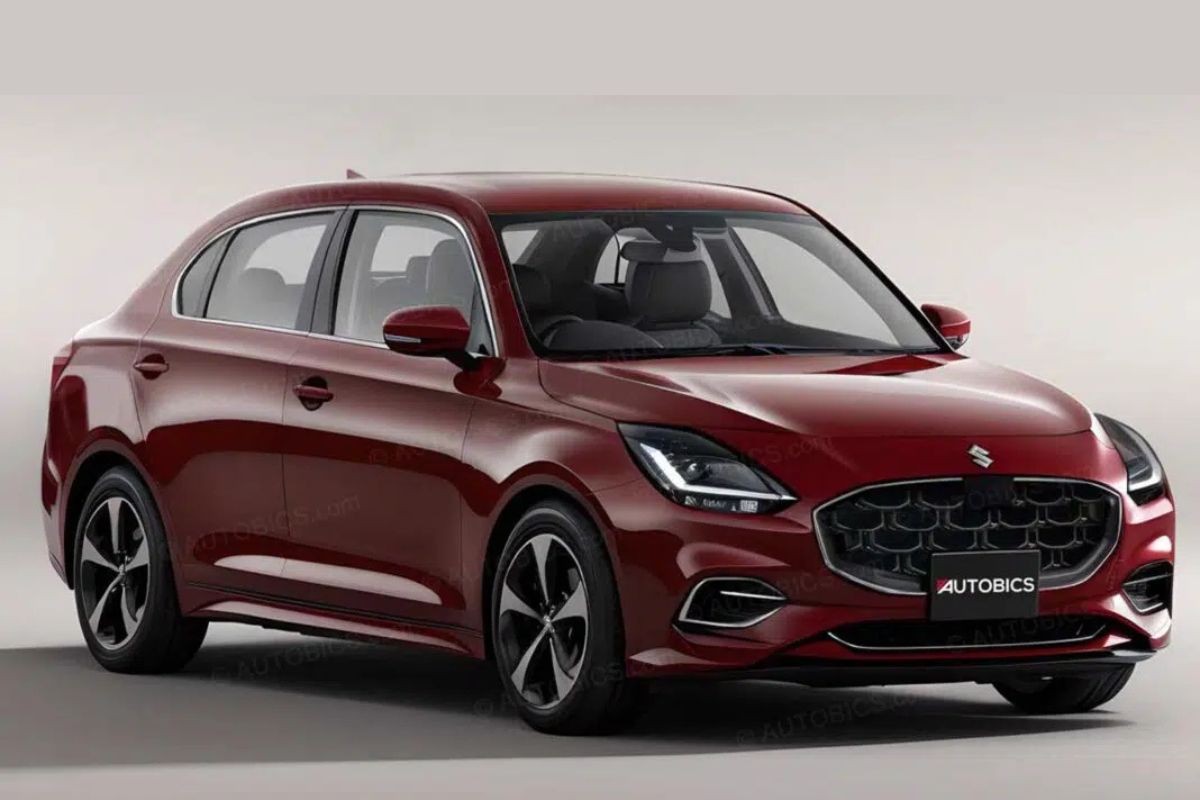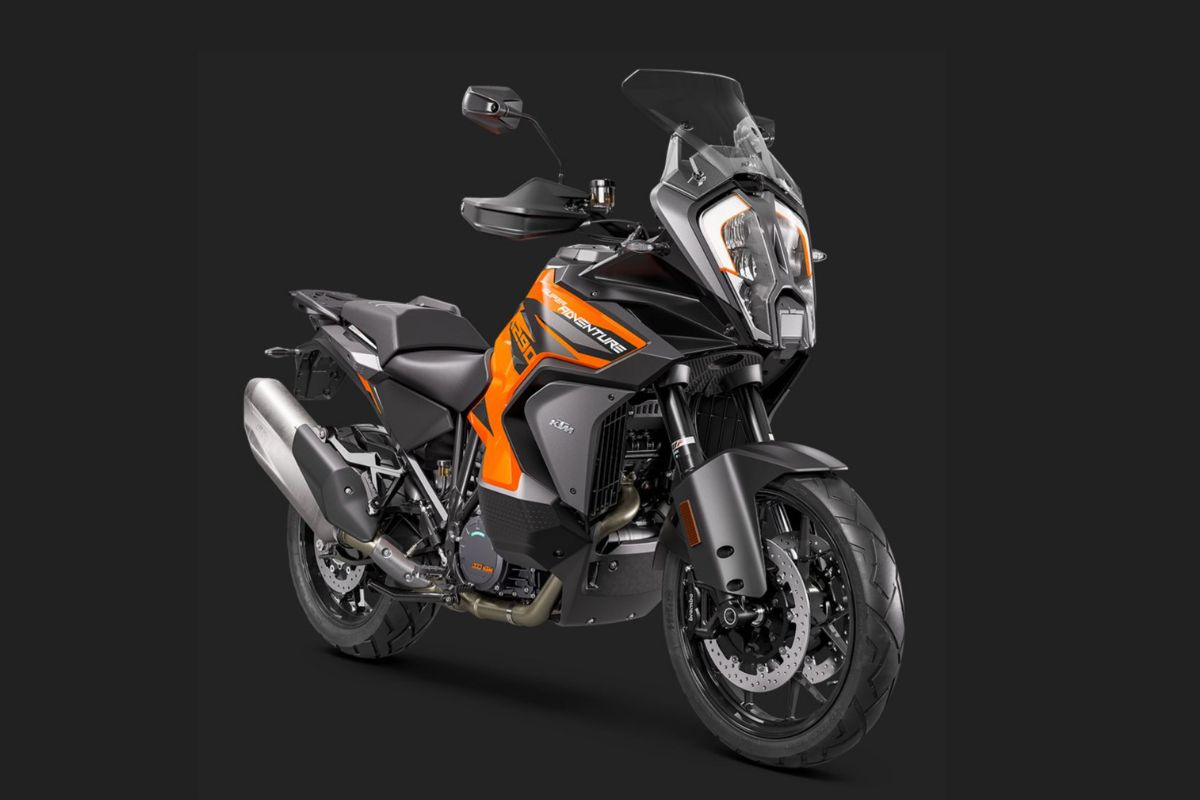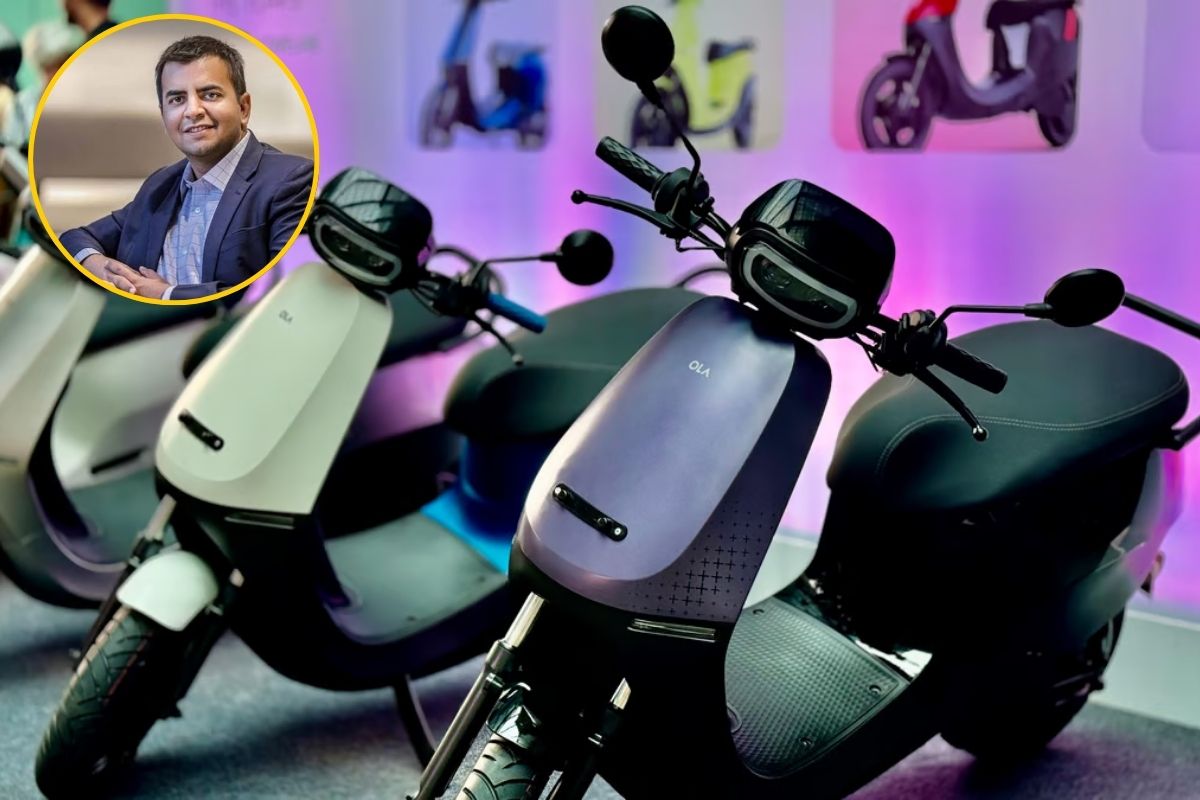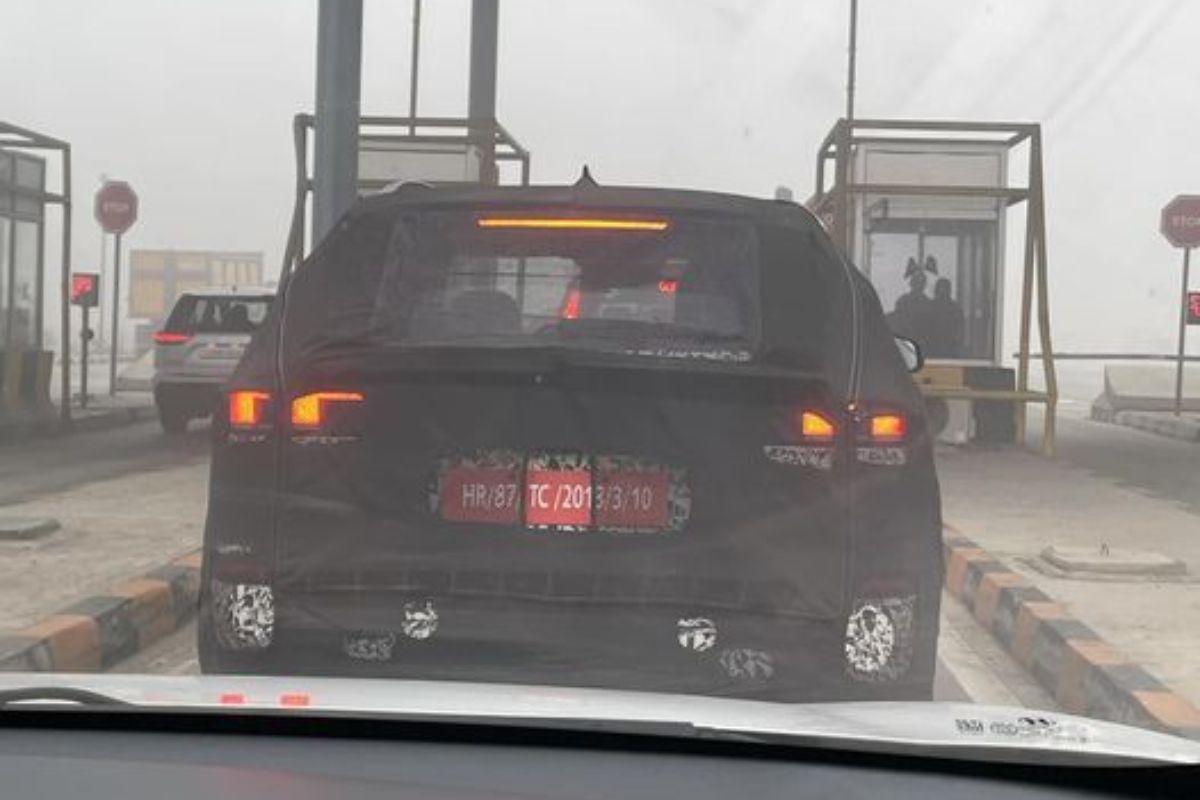When it comes to buying a car, the initial purchase is just the beginning. Maintenance, repair costs, and overall reliability become crucial factors. Today, we’re diving into a detailed review of the Hyundai Creta after 18,000 kilometers on the road, covering everything from paint durability to service costs. This review provides potential buyers with a full understanding of the Creta’s strengths and weaknesses.
Paint Quality and Durability

The Hyundai Creta in this review comes in a dark color, a choice that often reveals scratches more readily. Despite rigorous use, including drives across Rajasthan and extensive urban commutes, the paint has held up exceptionally well. Tested recently in a paint quality test, the Creta scored an impressive 235. After exposure to harsh sun and rough conditions, it has retained its gloss and quality, a testament to Hyundai’s paint durability standards.
Storage and Boot Space
The Creta’s boot space has also proven practical. Even on a long road trip from Mumbai to Cochin, where three passengers traveled with a full load of luggage and camera equipment, the boot accommodated everything comfortably. The loading lip is positioned conveniently, making loading and unloading hassle-free. Whether for family road trips or daily errands, the Creta offers ample boot space without compromise.
Interior Quality and Maintenance
The Creta’s interior balances light and dark shades, a mix of grey hues that mask dirt well. Even after long drives, the seats and dashboard remain easy to clean and maintain. One point of critique, though, is the gloss black accents, which can show scratches. However, Hyundai has mitigated this by opting for a subtler gloss that hides imperfections better than high-shine finishes.
Comfort and Usability
Hyundai has taken a thoughtful approach to comfort. Large, easy-to-use AC buttons are a standout feature, especially for older passengers who may struggle with touchscreen controls. Additionally, the touchscreen display is responsive and reliable, though it lacks wireless Apple CarPlay and Android Auto—a small inconvenience that some may miss in an era of wireless tech.

The front seats offer excellent bolstering for support, especially when cornering, which aids handling. However, this design may cause some discomfort on longer journeys, particularly for broader drivers who may feel restricted after a few hours on the road. The rear seats recline and come with soft headrest cushions for added comfort, enhancing the backseat experience for both resting and working.
Watch: Hyundai Creta N Line vs. Volkswagen Taigun GT TSI | Which Sporty SUV Wins?
Quiet and Smooth Diesel Engine
This Creta is equipped with a diesel engine, and Hyundai has done an excellent job minimizing engine noise. Unlike many petrol counterparts, this engine runs almost silently, making it hard to distinguish whether it’s a diesel or petrol engine from the cabin. The lack of vibration and sound adds to a comfortable, tranquil ride, making it ideal for long-distance and city driving alike.
Suspension and Handling
The Creta strikes a balance between soft and stiff suspension, which provides comfort for city and highway driving alike. Hyundai has updated the rear suspension since its 2020 models, resolving past issues with rear-end bouncing on rough terrain. For enthusiasts looking for a sportier experience, however, the standard Creta may feel too moderate. The stiffer suspension on the Creta N-line version offers enhanced handling for those who prioritize performance over comfort.
Fuel Efficiency and Safety Features
In terms of fuel economy, the automatic variant delivers an impressive 13-16 km/l in the city and 15-18 km/l on highways, depending on driving habits. Advanced Driver Assistance Systems (ADAS) make driving safer, with effective lane-keeping assistance that prevents accidental drifting. The front collision warning can be overly sensitive in India’s bustling traffic, so switching it off in crowded conditions may improve the driving experience.
Affordable Service and Maintenance
One of the most compelling aspects of the Creta is its low service cost. Despite its premium pricing at 23 lakh rupees, Hyundai has managed to keep service costs remarkably low. For the 18,000 km service, the cost came to just 2,580 rupees, covering oil and filter changes. Hyundai’s transparent service approach also deserves praise. They offer optional services, like polish, without pressuring customers, allowing owners to control additional expenses.
After 18,000 kilometers, the Hyundai Creta continues to impress with its balanced features, comfortable interior, and low maintenance costs. It’s well-suited for families, with practical storage, a quiet and efficient engine, and user-friendly features. While it may lack the sporty edge of models like the Creta N-line, it offers reliable performance for everyday use and long-distance travel.












